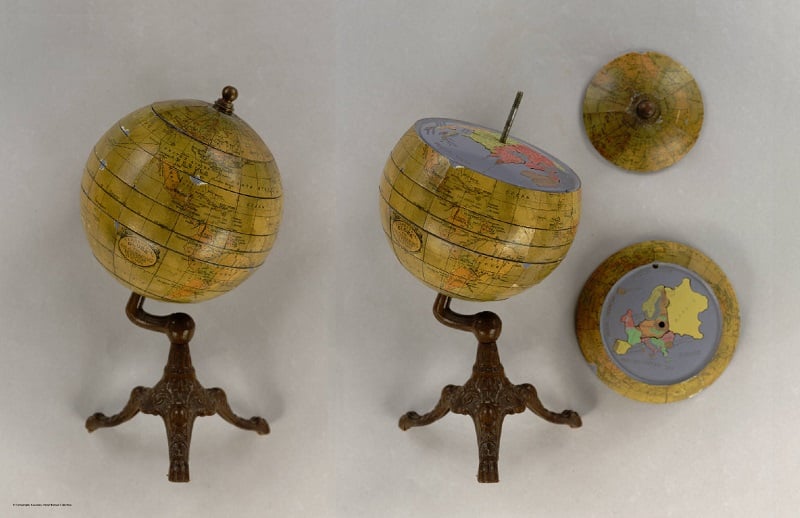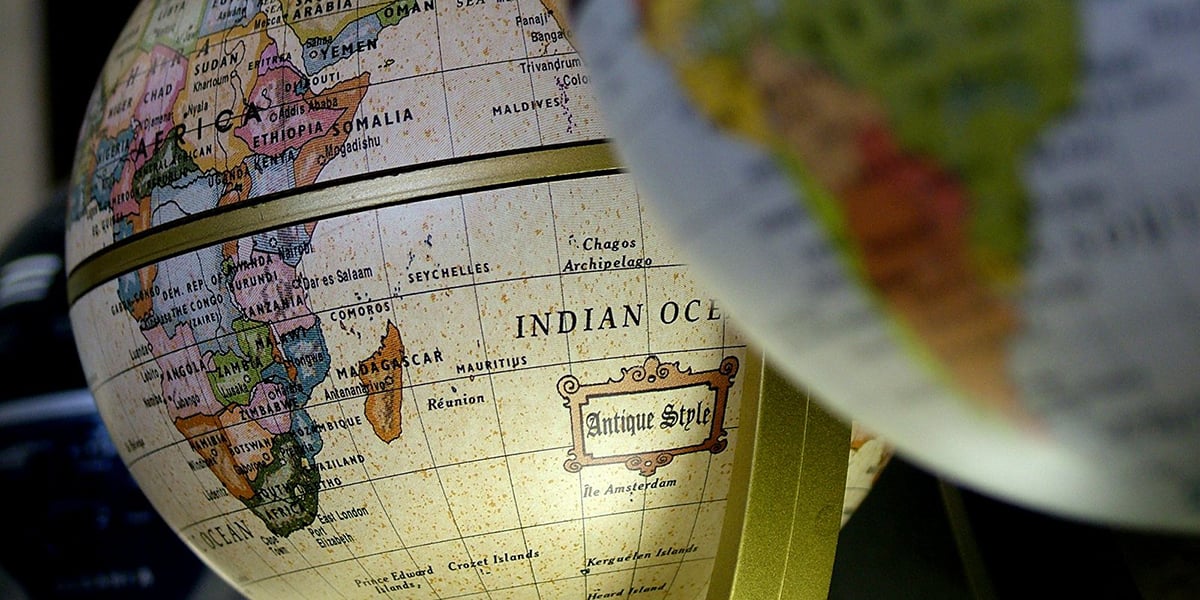The History of Globes: From Discovery to Décor
In today’s digital age, most of us rely on GPS, smartphone apps, and Google Maps to navigate our surroundings—whether close to home or across the globe. It's easy to forget that this modern convenience is just one point along a long timeline of how humanity has sought to understand and traverse the world.
Long before satellites and screens, there were globes—handcrafted, physical representations of Earth and the heavens. While often considered decorative objects today, globes are deeply rooted in centuries of exploration, scientific development, and artisanal craftsmanship. Let’s take a journey through time to uncover the rich and often-overlooked history of globe making.
Origins – The 15th and 16th Centuries
Though their true origin is difficult to pinpoint, globes began to emerge prominently in Europe during the 15th and 16th centuries. The earliest surviving terrestrial globe, the Erdapfel (“Earth Apple”), was created in 1492 by German geographer Martin Behaim, the very year Columbus set sail westward. Interestingly, globes in this era weren’t used for navigation or charting discoveries. Instead, they were status symbols, gifted to royalty and nobility as representations of territorial dominance.

Martin Behaim’s 1492 “Erdapfel” – Germanisches Nationalmuseum Nürnberg
The 17th Century – Decorative Prestige
As global exploration expanded, so did the popularity of globes. By the 17th century, small pocket globes and grander desk-sized versions became coveted items among Britain’s elite. These objects retained their decorative prestige but started to incorporate updated maps reflecting new discoveries, subtly blending practicality with aesthetics.
17th Century Globe – The MET
The 18th Century – Educational Value Emerges
By the 18th century, globes were being used more practically—especially in astronomy and navigation education. Voyages like those of Captain James Cook introduced a wave of new geographical knowledge, making globes a valuable tool for understanding an ever-expanding world. Globes became more informative, though they still retained artistic flair.

Pocket Globe from 1731 – Richard Cushee
The 19th Century – Into the Classroom
In the 19th century, globes finally entered the classroom. Educational demand led to smaller, lighter globes ideal for students, sparking a new market focused on learning. Meanwhile, innovations in printing and manufacturing started to reshape how globes were produced.

6-inch 19th Century Terrestrial Globe – David Rumsey Collection
The 20th Century – Mass Production and Precision
With the rise of industrialisation, the 20th century brought globes into homes, schools, and offices on a much larger scale. Manufacturers began using materials like plastic and wood to produce globes in bulk. Additionally, the rise of satellite imagery helped confirm and refine geographical data, enhancing the accuracy and credibility of globe designs.

1927 Geographic Educator Sectional Globe
The 21st Century – From Tools to Timeless Treasures
Today, globes are largely admired for their aesthetic and nostalgic qualities. Although most are mass-produced, the art of handcrafting globes still lives on, albeit in rare pockets of the world. One such example is Bellerby & Co. in London—one of the few studios still creating handmade globes with care, strip by strip (known as gores).
Here at MOVA, we honour this tradition while embracing the future. Our globes blend handmade detail with solar-powered motion, giving a modern spin to vintage and contemporary designs. Models like the Cassini Terrestrial MOVA Globe—which features a map from 1792 brought to life with eco-conscious movement—represent the perfect harmony of history and innovation.
Cassini Terrestrial MOVA Globe – A historic design with 21st-century tech
A Legacy in Motion
Globes have travelled a remarkable path—from royal gifts and educational aids to cherished pieces of interior décor. Whether they’re inspiring wanderlust, sparking curiosity, or serving as a beautiful reminder of humanity’s quest to understand the world, globes continue to capture our imagination.
Do you have a favourite globe memory or design? Share your thoughts with us on our Facebook page—we’d love to hear from you.



